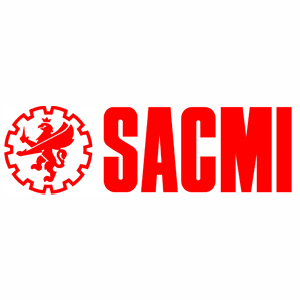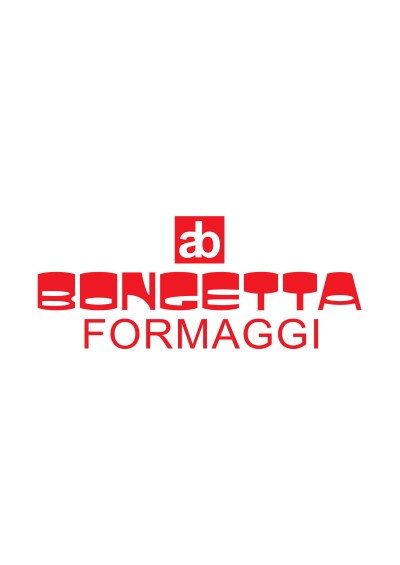
water purification, process by which undesired chemical compounds, organic and inorganic materials, and biological contaminants are removed from water. That process also includes distillation (the conversion of a liquid into vapour to condense it back to liquid form) and deionization (ion removal through the extraction of dissolved salts). One major purpose of water purification is to provide clean drinking water. Water purification also meets the needs of medical, pharmacological, chemical, and industrial applications for clean and potable water. The purification procedure reduces the concentration of contaminants such as suspended particles, parasites, bacteria, algae, viruses, and fungi. Water purification takes place on scales from the large (e.g., for an entire city) to the small (e.g., for individual households).
Most communities rely on natural bodies of water as intake sources for water purification and for day-to-day use. In general, these resources can be classified as groundwater or surface water and commonly include underground aquifers, creeks, streams, rivers, and lakes. With recent technological advancements, oceans and saltwater seas have also been used as alternative water sources for drinking and domestic use.
Determining water quality
Historical evidence suggests that water treatment was recognized and practiced by ancient civilizations. Basic treatments for water purification have been documented in Greek and Sanskrit writings, and Egyptians used alum for precipitation as early as 1500 BCE.
In modern times, the quality to which water must be purified is typically set by government agencies. Whether set locally, nationally, or internationally, government standards typically set maximum concentrations of harmful contaminants that can be allowed in safe water. Since it is nearly impossible to examine water simply on the basis of appearance, multiple processes, such as physical, chemical, or biological analyses, have been developed to test contamination levels. Levels of organic and inorganic chemicals, such as chloride, copper, manganese, sulfates, and zinc, microbial pathogens, radioactive materials, and dissolved and suspended solids, as well as pH, odour, colour, and taste, are some of the common parameters analyzed to assess water quality and contamination levels.
Regular household methods such as boiling water or using an activated-carbon filter can remove some water contaminants. Although those methods are popular because they can be used widely and inexpensively, they often do not remove more dangerous contaminants. For example, natural spring water from artesian wells was historically considered clean for all practical purposes, but it came under scrutiny during the first decade of the 21st century because of worries over pesticides, fertilizers, and other chemicals from the surface entering wells. As a result, artesian wells were subjected to treatment and batteries of tests, including tests for the parasite Cryptosporidium.
Not all people have access to safe drinking water. According to a 2017 report by the United Nations (UN) World Health Organization (WHO), 2.1 billion people lack access to a safe and reliable drinking water supply at home. Eighty-eight percent of the four billion annual cases of diarrhea reported worldwide have been attributed to a lack of sanitary drinking water. Each year approximately 525,000 children under age five die from diarrhea, the second leading cause of death, and 1.7 million are sickened by diarrheal diseases caused by unsafe water, coupled with inadequate sanitation and hygiene.
Process
Most water used in industrialized countries is treated at water treatment plants. Although the methods those plants use in pretreatment depend on their size and the severity of the contamination, those practices have been standardized to ensure general compliance with national and international regulations. The majority of water is purified after it has been pumped from its natural source or directed via pipelines into holding tanks. After the water has been transported to a central location, the process of purification begins.
Pretreatment
In pretreatment, biological contaminants, chemicals, and other materials are removed from water. The first step in that process is screening, which removes large debris such as sticks and trash from the water to be treated. Screening is generally used when purifying surface water such as that from lakes and rivers. Surface water presents a greater risk of having been polluted with large amounts of contaminants. Pretreatment may include the addition of chemicals to control the growth of bacteria in pipes and tanks (prechlorination) and a stage that incorporates sand filtration, which helps suspended solids settle to the bottom of a storage tank.
Preconditioning, in which water with high mineral content (hard water) is treated with sodium carbonate (soda ash), is also part of the pretreatment process. During that step, sodium carbonate is added to the water to force out calcium carbonate, which is one of the main components in shells of marine life and is an active ingredient in agricultural lime. Preconditioning ensures that hard water, which leaves mineral deposits behind that can clog pipes, is altered to achieve the same consistency as soft water.
Prechlorination, which is often the final step of pretreatment and a standard practice in many parts of the world, has been questioned by scientists. During the prechlorination process, chlorine is applied to raw water that may contain high concentrations of natural organic matter. This organic matter reacts with chlorine during the disinfection process and can result in the formation of disinfection by-products (DBPs), such as trihalomethanes, haloacetic acids, chlorite, and bromate. Exposure to DBPs in drinking water can lead to health issues. Worries stem from the practice’s possible association with stomach and bladder cancer and the hazards of releasing chlorine into the environment.
Other purification steps
After pretreatment, chemical treatment and refinement can occur. That process includes coagulation, a step in which chemicals are added that cause small particles suspended in the water to clump together. Flocculation follows, which mixes the water with large paddles so that coagulated particles can be brought together into larger clumps (or “floc”) that slowly settle on the bottom of the tank or basin.
After the majority of the suspended particles have settled, water exits the flocculation basin and then enters a sedimentation basin. Sedimentation basins move treated waters along through the purification process while allowing remaining particles to settle. Sludge forms that appear on the floor of the tank are removed and treated. From that basin, water is moved to the next step, filtration, which removes the remaining suspended particles and unsettled floc in addition to many microorganisms and algae.
Disinfection is the final step in water purification. During that step, harmful microbes, such as bacteria, viruses, and protozoa, are killed through the addition of disinfectant chemicals. Disinfection usually involves a form of chlorine, especially chloramines or chlorine dioxide. Chlorine is a toxic gas, resulting in some danger from release associated with its use. To avoid those risks, some water treatment plants use ozone, ultraviolet radiation, or hydrogen peroxide disinfection instead of chlorine. Other purification methodologies include ultrafiltration for specific dissolved substances, ion exchange to remove metal ions, and fluoridation to prevent tooth decay.
In certain areas of the world that do not have access to water treatment plants, alternative methods of purification must be used. Those methods include boiling, granular activated-carbon filtering, distillation, reverse osmosis, and direct contact membrane distillation.
By Stephen T. Schroth
 Pages you might like
Pages you might like




 Today's topic
Today's topic







 Latest information
Latest information
 Follow official account
Follow official account
 Online support
Online support
 鄂ICP备2022017323号
鄂ICP备2022017323号
 鄂公网安备 42018502006493
鄂公网安备 42018502006493
 Launch Exhibition
Launch Exhibition
 Release information
Release information















